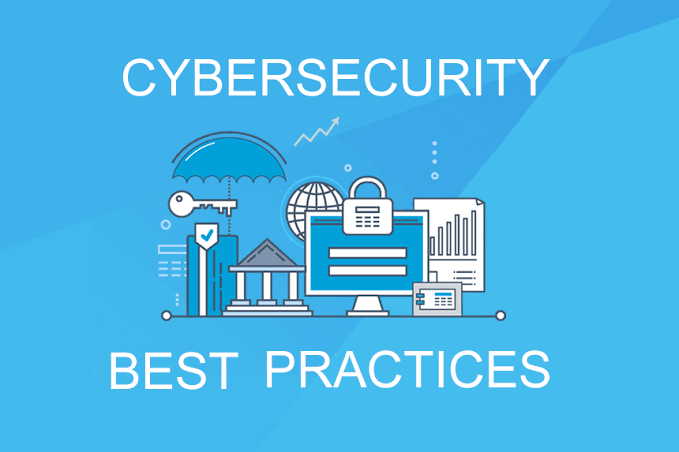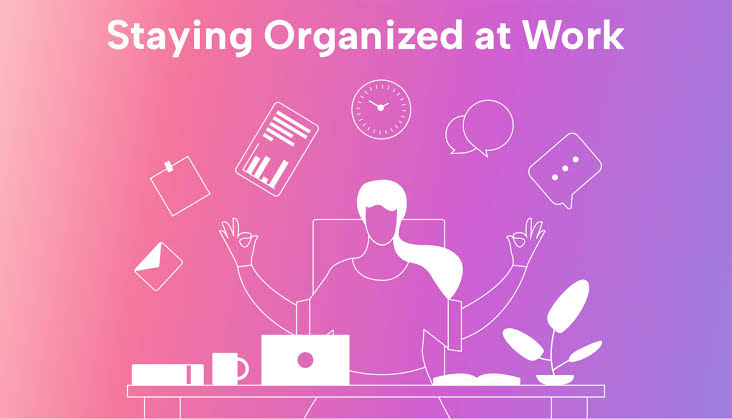In today’s digital landscape, cybersecurity is no longer optional—it is a business imperative. As of July 2025, cyberattacks are more sophisticated and damaging than ever, targeting businesses of all sizes across every sector.
From ransomware attacks to phishing schemes and insider threats, the risks are widespread and constantly evolving. Organizations that fail to prioritize cybersecurity not only face financial losses but also risk legal consequences, operational downtime, and long-term reputational harm.
The growing reliance on cloud computing, remote work models, and digital tools has expanded the attack surface for businesses. Cybercriminals now exploit vulnerabilities in everything from mobile apps to third-party software, making it essential for companies to adopt comprehensive and proactive security strategies.
Conduct Regular Risk Assessments
One of the first steps toward a secure business environment is understanding where vulnerabilities lie. A cybersecurity risk assessment involves identifying, evaluating, and prioritizing potential threats to your data, systems, and digital assets.
These assessments should be conducted regularly—at least once a year or after any major system update or organizational change. In 2025, automated tools are available that use AI to scan networks, software, and devices for potential weaknesses.
By staying ahead of potential breaches, businesses can allocate resources more effectively and implement targeted security measures that reduce the likelihood of an attack.
Train Employees on Cyber Hygiene
Human error remains one of the leading causes of cyber incidents. Phishing emails, weak passwords, and careless handling of sensitive data can expose a business to significant risks.
To counter this, regular cybersecurity training is essential. Employees should be educated on recognizing phishing attempts, using secure passwords, identifying suspicious links, and safely handling customer information.
In July 2025, many organizations have adopted interactive e-learning platforms and simulated phishing tests to keep staff engaged and vigilant. Cultivating a culture of cybersecurity awareness ensures that every team member plays a role in protecting the organization.
Implement Multi-Factor Authentication (MFA)
Passwords alone are no longer sufficient to protect sensitive systems and data. Multi-Factor Authentication (MFA) adds an extra layer of security by requiring users to verify their identity through two or more methods.
This could include a combination of something they know (password), something they have (a smartphone or token), or something they are (biometric verification). MFA significantly reduces the risk of unauthorized access, even if a password is compromised.
As of 2025, MFA is considered a standard security measure for businesses handling customer data, financial records, or intellectual property. Cloud platforms, banking apps, and internal networks should all have MFA enabled.
Keep Software and Systems Updated
Outdated software and unpatched systems are common entry points for cybercriminals. Hackers often exploit known vulnerabilities in operating systems, applications, and plugins to gain unauthorized access.
To prevent this, businesses must establish a routine for applying patches and updates. Automated update systems can be configured to ensure timely deployment, especially for critical security patches.
In 2025, many companies rely on centralized patch management platforms that streamline the update process across multiple devices and users, minimizing the chances of exploitation due to neglect.
Secure Your Network Infrastructure
Network security is the backbone of any cybersecurity strategy. Businesses should ensure that their Wi-Fi networks are encrypted, their firewalls are properly configured, and intrusion detection systems are in place.
Virtual Private Networks (VPNs) should be used for remote access, especially with hybrid or work-from-home employees. Additionally, segmentation of networks—separating sensitive systems from general user access—can limit the spread of malware if an attack occurs.
With the proliferation of Internet of Things (IoT) devices in 2025, securing every connected device is also critical. These devices can be weak points if not properly managed and updated.
Back Up Data Regularly and Securely
No security system is completely foolproof. That’s why regular data backups are a non-negotiable part of any cybersecurity plan. Backups ensure that in the event of data loss—due to ransomware, hardware failure, or natural disasters—business operations can be restored quickly.
Businesses should use automated backup solutions that store copies both on-site and in secure cloud environments. These backups should also be encrypted and regularly tested to confirm they can be restored effectively when needed.
Ransomware attacks, which often demand payment in exchange for data recovery, can be mitigated significantly if reliable backups are available and accessible.
Monitor and Log Network Activity
Constant monitoring of network activity helps detect unusual behavior and potential breaches in real time. Security Information and Event Management (SIEM) systems collect and analyze data from multiple sources to identify patterns that could indicate a cyberattack.
By setting up alerts for anomalies—such as failed login attempts, unusual data transfers, or unexpected changes in system files—businesses can act quickly to contain threats before they escalate.
In 2025, AI-powered monitoring tools have become more efficient at filtering false positives and prioritizing genuine threats, enabling faster and more accurate incident response.
Protect Customer and Financial Data
For any business that handles sensitive customer information, such as credit card details, medical records, or personal identifiers, strong data protection measures are essential.
Encryption should be used both at rest and in transit to ensure data remains secure. Tokenization and anonymization techniques can further reduce risk by minimizing exposure of identifiable data.
Regulatory frameworks like Canada’s Personal Information Protection and Electronic Documents Act (PIPEDA) and the EU’s GDPR continue to evolve in 2025, placing greater responsibility on businesses to protect consumer data.
Develop an Incident Response Plan
Despite the best precautions, cyber incidents may still occur. Having a well-defined incident response plan can minimize damage and ensure a swift return to normal operations.
This plan should include clear roles and responsibilities, communication protocols, legal compliance steps, and recovery procedures. Regular drills and tabletop exercises help teams rehearse their response and refine the plan as needed.
In 2025, many businesses also partner with external cybersecurity firms to provide 24/7 response support in case of an emergency, ensuring rapid action when every second counts.
Stay Informed and Evolve Your Strategy
Cybersecurity is a constantly evolving field. New threats emerge every day, and attackers continuously adapt their tactics. For this reason, staying informed about current trends, threats, and technologies is vital.
Business owners and IT teams should participate in industry forums, subscribe to threat intelligence services, and review official advisories from cybersecurity agencies. Attending annual security conferences or webinars can also offer valuable insights.
In July 2025, collaboration among businesses, government agencies, and cybersecurity experts is at an all-time high, creating a more informed and resilient digital environment.
Conclusion: Building a Resilient Cybersecurity Culture
Protecting your business from cyber threats requires more than just software and hardware—it demands a proactive, company-wide culture of security. Every employee, system, and process must align with your cybersecurity goals.
By implementing the best practices outlined above, businesses can not only safeguard their assets but also build trust with customers, partners, and stakeholders. In an age where digital integrity is a cornerstone of reputation, cybersecurity is not just protection—it’s a competitive advantage.




Nice